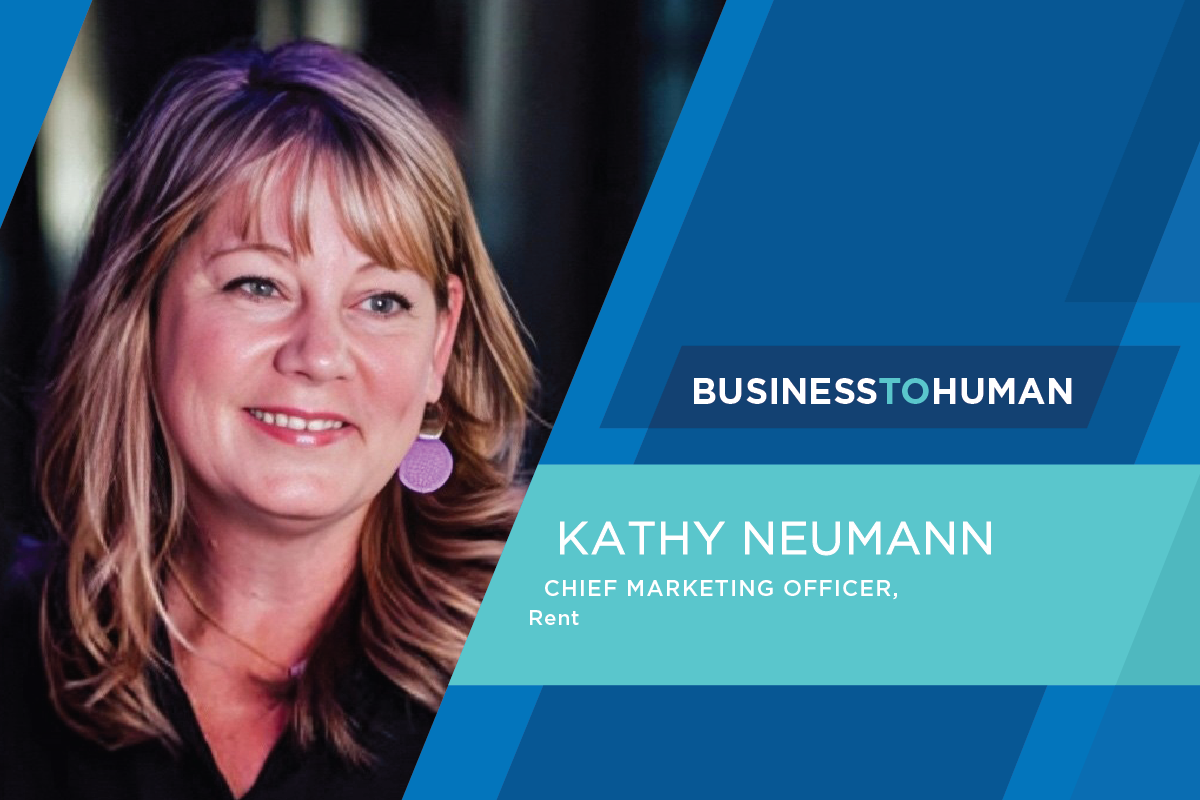Summary
The last few weeks have been something out of a sci-fi suspense film: a worldwide pandemic, borders closed, lockdowns ordered — and uncertainty over when it will all end. There’s a haunting reality to the situation.
People have lost their jobs, businesses across all industries have closed, and for some, fear has become a decision-maker. As things change in the country, consumers are adjusting their daily lifestyle patterns and behaviors to adapt to the evolving health edicts and the shaky economy.
Some of these behaviors will be lasting; they will shape future generations in the same way depressions and wars have shaped our past. But through it all, brands have been able to survive — even thrive. During historic times of economic crunch, the most successful brands focused on their business, connected with their customers, and found innovative ways to stay relevant and, ultimately, drive meaningful long-term growth.
During these uncertain times, here are a few things we at Valassis recommend.
1. Take time to breathe.
Now is the time to focus — on your health, your family, your workers, and your business. There is a lot of uncertainty surrounding the novel coronavirus and the overall economic climate. It would be both difficult and unwise to predict the short- and long-term impact of the virus. Our advice is to control what you can. Health is the No. 1 priority. Practice the prevention tips listed by the Centers for Disease Control and Prevention and be mindful of social distancing and self-quarantining.
When it comes to your business, only you know all of the factors going into the decisions you need to make. For some, closing down is the best option. If your costs outweigh current revenue streams, take a step back and use this time to reassess your business model.
For those staying open, focus on your competitive advantages, whether that’s your products, speed, menu items, or service. Delivery is a survival requirement for many industries, while some can also leverage online ordering, curbside pickup, and drive-thru services. The key is to make your product or service as accessible as possible right now.
2. Rest assured that consumers will still consume (just in different ways).
At this point, you need to put any of your foot-traffic goals on hold. In late February, eMarketer published a consumer survey that revealed an imminent shift in consumer behavior related to COVID-19 — and that was before a few of these categories were forced to close or limit occupancy due to government mandates. Despite these behavioral shifts, household needs don’t go away. They’re simply being met in a different fashion. A recent Valassis survey of consumer behavior and media consumption, found that 42% of consumers are shopping online more since the outbreak. Expect online purchasing to become the new norm for 2020 and potentially beyond.
We also expect consumers to ultimately be driven by recession-like behaviors – where can they get the best product at the best price. Value will become a key to drive consumers to your brand, as will innovative ways to communicate that value.
3. Get creative with your offers, ideas, concepts — everything.
As financial projections continue to paint a bleak picture, businesses must get resourceful. Offering delivery, whether that is through a third-party aggregator or your in-house staffers, is a great start. Gift card promotions can help maintain some cash flow now to help with payroll and bills, but they will also prove to be an incremental opportunity when customers can return to stores.
For your advertising, break through the clutter with messages that will resonate, even if those messages don’t push a product or service. For example, Harbor Freight used social media to announce it was donating all N95 masks, face shields, and nitrile gloves to hospitals, rather than selling for public use.
The Jewel-Osco supermarket chain dedicated a page of print media to support its COVID-19 hiring efforts. The ad included a special note thanking its customers for their patience and loyalty and provided guidance on how to apply for immediate hire. The chain also announced via Twitter that it was taking special steps to protect vulnerable populations. Tuesdays and Thursdays from 7 a.m. to 9 a.m. are now reserved for senior citizen shoppers.
Ikea closed all U.S. locations to foot traffic but offered a click-and-collect service to promote online shopping and curbside pickup. It also quickly changed advertising messaging to promote home offices and organization to align with current consumer circumstances.
Burger King is offering two free kids meals for any adult meal purchase made through its app. Knowing that schools are closed, feeding our nation’s food insecure youths has become a crisis of its own. Brands across all industries that can remain within consumers’ mindsets (either through community support, incentives, humor, or emotions) will be better positioned to win once we return to normalcy.
4. Don’t give up on your marketing.
In September 2019, Forbes published an excellent article warning of past times when brands moved away from marketing during financial crunches. Regardless of industry, history has proven that it’s a mistake to stop speaking to your customers during hard times. This strategy will impact not only short-term sales, but also long-term market share, which is much harder to recoup.
Rather than cutting your advertising, be as strategic as possible with your tactics. When it comes to offers, you need to be aggressive. Use incentives that match the current environment. Sales with lower margins are still better than no sales, and stealing any percentage of market share from your competitors will yield back dividends in the long run.
Also, be mindful of how your audience is digesting media these days. An increase in people working from home will limit the effectiveness of your out-of-home marketing. “Quaranstreaming” is now a thing and streaming TV is showing up in a big way. Our consumer survey also found that 43% of consumers are spending more time watching streaming TV than they normally do, so look into connected TV advertising to hit those consumers binge watching their favorite shows.
Email is becoming crowded because virtually all brands are pushing “how we are handling the crisis” messages to their customer base. Be creative with your message, consider the needs of your customers, and offer incentives that can maintain your voice within the marketplace.
The Only Way Out Is Through
We’ve never seen a pandemic like this before, but the business world has faced difficult times, from depressions to recessions to wars. The businesses that stayed consistent with their value structure, focused on what they do well, and continued to engage consumers in meaningful ways, in the end stole market share when the economy turned around (as it always does).
With that in mind, work with partners that can help you gain a deeper understanding of your current consumers and build strategies to entice new ones. Consider offline and online data sets — in-market signals, past purchase behavior, media preference, demographics — to drive specific and focused marketing plans that ensure you’re engaging the right consumers, at the right time, with the right offer.
This is not the time to give up, but rather a time to take a breath, pivot, and make calculated decisions to connect with your customers when they most need you.
If you’re looking for inspiration on how to make the most out of the opportunities ahead, check out “Your Epic Chance to Reset and Be More Nimble.”



